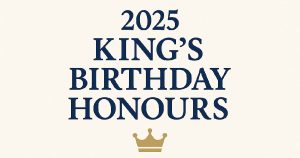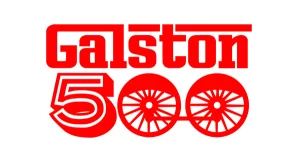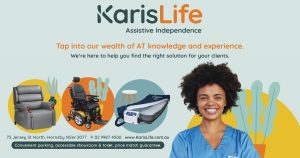Two juvenile Brushtail Possums came into my care in early December, but their rescue story began in late July. Both were orphaned in separate car accidents, they weight 80 and 90 grams, their eyes were still closed and they had no fur. At that weight they had a reasonable survival chance, if cared for by an experienced wildlife carer, kept warm and fed special milk formula 4 times a day, toileted and closely monitored.
After 5 month of caring and teaching them how to survive in the wild, they came to our bush property. I kept them inside a large aviary. I avoided all contact with them, and daily gave them a wide range of fresh greenery from native trees and shrubs that were good to eat for possums. Safe in their aviary, they also learned about the local powerful owl and other dangers that came to visit.
After 3 weeks, they were released together into a nesting box. To keep them in good condition I supplied additional food in containers hung in the tree close to their box. That worked very well and it was a delight to see the two climbing in the trees near their new home. One night I woke up and found one of them trying to force entry into our upstairs bedroom window. We put him back into his tree. Within the next month they both ventured further and further afield and found themselves a roomier place to stay: the shed. A trail of destruction, things falling out of shelves and other tell tale signs always led me to their new sleeping place in the shed. After a week or so they slowly made their way into the wild of the Still Creek Catchment.
Being two male possums, they have now gone separate ways, now and again I see them one at one time in the vicinity of our yard and hope they are both still about and have found a good home in the valley.
Organisations like Wires and Sydney Wildlife are voluntary organisations licensed by National Parks and Wildlife Service NSW to rescue, foster and rehabilitate native animals in the Sydney metropolitan area. In most instances, these organisations work to save wildlife that come into contact with our communities.
The main impact on wildlife in Sydney is from developing our natural landscapes. Native animals are affected by traffic, our domesticated cats and dogs, barb wire, fencing, and netting. All these changes are alien and dangerous to Native Fauna and cause injury or death to countless native species.
You can help native wildlife by locking cats and dogs in at night, add a bell to your cat’s collars, plant locally native trees, shrubs and groundcovers and preserve natural habitat in your area and drive carefully.
Contacts: www.stillcreeklandcare.com.au or Facebook









